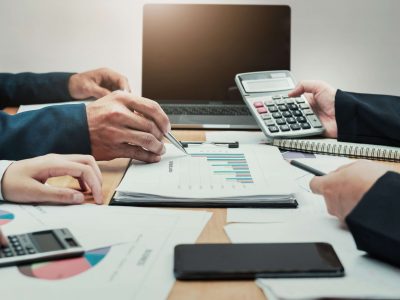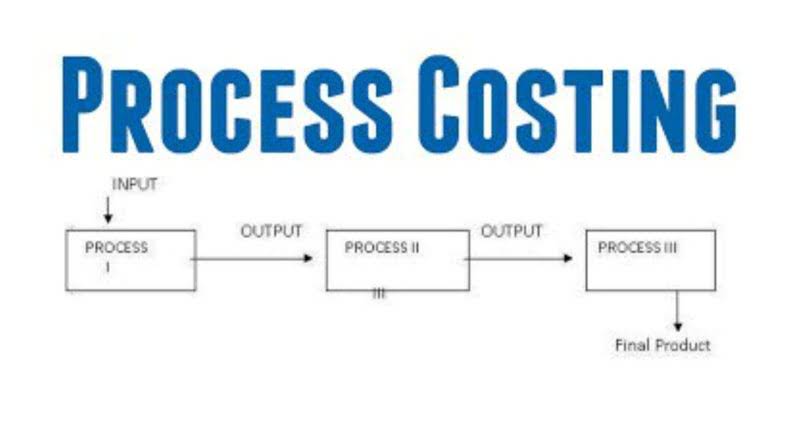
This checklist comprises templates and support documents, offering a structured framework for efficient and error-free closing processes. The accounting cycle focuses on historical events and ensures that incurred financial transactions are reported correctly. The accounting cycle is a series of steps setting out the procedures Bookkeeping for Etsy Sellers required for a typical small business to collect, record, and process its financial information. Let’s read more about normal balances of accounts and rules of debit and credit here. Adjusting entries are made to ensure that the financial statements reflect the accrual basis of accounting.
- The accounting cycle consists of the 10 important steps that are very important in order to manage and present financial information.
- Figure 3.7 includes information such as the date of thetransaction, the accounts required in the journal entry, andcolumns for debits and credits.
- The general ledger serves as the eyes and ears of bookkeepers and accountants and shows all financial transactions within a business.
- Each of these categories, in turn, includes many individual accounts, all of which a company maintains in its general ledger.
- The ledger is a large, numbered list showing all your company’s transactions and how they affect each of your business’s individual accounts.
- “D.E.A.L and G.I.R.L.S for the increase and decrease of each accounts.” according to AccountingCoach.
Steps in accounting cycle:
It’s also about transferring the net income or loss and dividends to the retained earnings account. This is like the final bow, where the results of the performance are acknowledged and appreciated. You’ll need to use source documents, like invoices and receipts, to identify which accounts are involved in each transaction. These documents are like your detective’s notebook, providing vital information about each case. These clues can come in many forms – a sale, a purchase, a payment, or a receipt.

What is a Letter of Credit? A Comprehensive Definition
We begin by introducing the steps and their related documentation. Bookkeepers analyze the transaction and record it in the general journal with a journal entry. The debits and credits from the journal are then posted to the general ledger where an unadjusted trial balance can be prepared. This step summarizes all the entries recorded by the business during a particular period, which is generally the financial year of the entity. It is done by preparing an unadjusted trial balance – a list of all account titles along with their debit or credit balances.
B2B Payments
At the core of HighRadius’s R2R solution lies an AI-powered platform catering to diverse accounting roles. An outstanding feature is its ability to automate nearly 50% of manual repetitive tasks, achieved through a No Code platform, LiveCube. This innovative tool replaces Excel, automating data fetching, modeling, analysis, and journal entry proposals. The accounting cycle is a rather standard procedure for all businesses.

Preparing adjusting entries
Adjusting entries ensures financial statements accurately represent a company’s financial status for the stated period. Good financial data is the cornerstone for sound decision-making. A well-structured accounting cycle ensures accurate reports, giving business owners the information they need to assess cash flow, profitability, and future investments.

Financial statements are prepared, providing a comprehensive overview of the analyze transactions accounting cycle business’s financial performance and position. This is the overture, setting the tone for the rest of the symphony. It involves identifying and analyzing transactions, like a detective gathering clues and making sense of them.
- Companies take a comprehensive physical inventory to compare count quantities with perpetual inventory balances in a month with lower business activity.
- The necessary information includes transaction dates and monetary figures paid or received.
- For example, you may have paid big money for a new piece of equipment, but you’d be able to write off part of the cost this year.
- It provides a few areas to catch any transactional errors and can also be done quicker with the help of a cloud-based accounting system like NetSuite.
- Unlike traditional bookkeeping, FP&A teams leverage the accounting cycle to analyze financial performance and help the company to take action based on the data.
- When filling in a journal, there are some rules you need to follow to improve journal entry organization.
- Prepare a post-closing trial balance report at the end of the accounting period for the year.
Step 6. Adjust journal entries
The closing of the books also marks the start of the next accounting period. The cycle is complete, and it’s time to begin the process again, starting with step one. After a transaction is identified, a record of it needs to be created. The journal functions as a running record retained earnings of a business’s financial transactions. It states the date of each transaction, how much money was involved, and the accounts affected.
